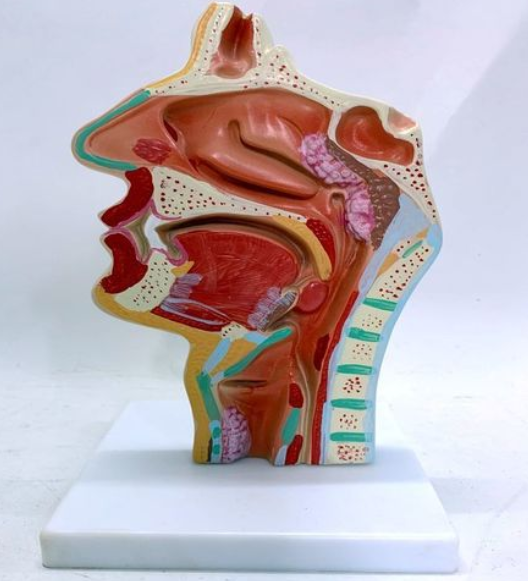Get our latest news
Copyright © 2018 cnqhkj.com Inc. All rights reserved. 浙ICP备12047550号 Powered by www.300.cn ningbo
Subscription
Tel:+86-574-65335615
Email:qinghua@qinghuakj.com
Larynx model manufacturers explain the composition of the throat structure
The larynx model is a simulated human anatomical model, showing the laryngeal cartilage, the continuum of the larynx, the laryngeal muscle and the laryngeal cavity and other structures. The cricoarytenoid joint can move to simulate the function of opening or closing the glottis. The epiglottis can move up and down to cover it. The throat is mainly used as an intuitive teaching aid in the teaching of human anatomy in secondary schools, health schools and medical schools.

The laryngeal cartilage is the scaffold of the larynx and consists of thyroid cartilage, cricoid cartilage, epiglottis cartilage, and paired arytenoid cartilage.
The connection of the larynx includes the connection between the laryngeal cartilage and the connection between the larynx and the hyoid bone and trachea.
The laryngeal muscle is divided into the external laryngeal muscle and the internal laryngeal muscle. The external laryngeal muscle is related to the up and down movement and fixation of the larynx. The internal laryngeal muscle is related to the movement of the vocal cords. It has the function of tensing or relaxing the vocal cords, opening or closing the glottis.
The laryngeal cavity is a lumen surrounded by laryngeal cartilage, ligaments, fibrous membranes, laryngeal muscles and laryngeal mucosa. vestibule, midlarynx and subglottis.
The above is what the larynx model manufacturer explained to you about the composition of the throat structure. I hope it can help you.

